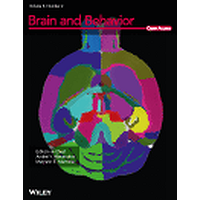Introduction Mirror therapy has been shown to be effective in promoting hemiplegic arm recovery in patients with stroke or unilateral cerebral palsy. This study aimed to explore the cortical mapping associated with mirror therapy in a group of healthy adults by using functional near-infrared spectroscopy. Methods Fifteen right-handed healthy adults were recruited by means of convenience sampling. A 2 x 2 factorial design was used: movement complexity with two levels-task-based (T) and movement-based (M), and visual direction with two levels-mirror visual feedback task (MT) and covered mirror with normal visual feedback task (NoT) as the control, constituting four conditions, namely TMT, MMT, TNoT, and MNoT. The regions of interest were the sensorimotor cortex (SMC), the supplementary motor area (SMA), the superior parietal cortex (SPL), and the precuneus in both the contralateral and ipsilateral hemispheres. Results Our findings showed that in the ipsilateral hemisphere, MT induced a higher activation in the SMA and SPL than NoT. With regard to the activation of the ipsilateral SMC, only one channel was found showing superior effects of MT compared with NoT. In addition, MT can strengthen the functional connectivity between the SMC and SMA. In the contralateral hemisphere, both movement complexity and visual direction showed significant main effects in the SMC, while only movement complexity showed a significant main effect in the SMA and SPL. The precuneus of both sides was deactivated and showed no significant difference among the four conditions. Conclusions Our experiment implies that the modest activation of ipsilateral SMC during MT is likely to be associated with the enhanced activity of ipsilateral SMA and that the precuneus may not be an essential component of the MT-related neural network.

Cortical mapping of mirror visual feedback training for unilateral upper extremity: A functional near-infrared spectroscopy study
Review badges
0 pre-pub reviews
0 post-pub reviews


